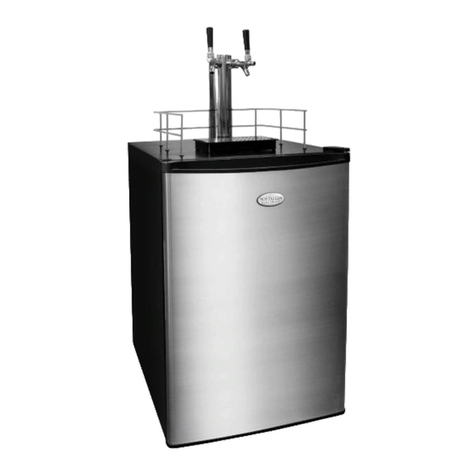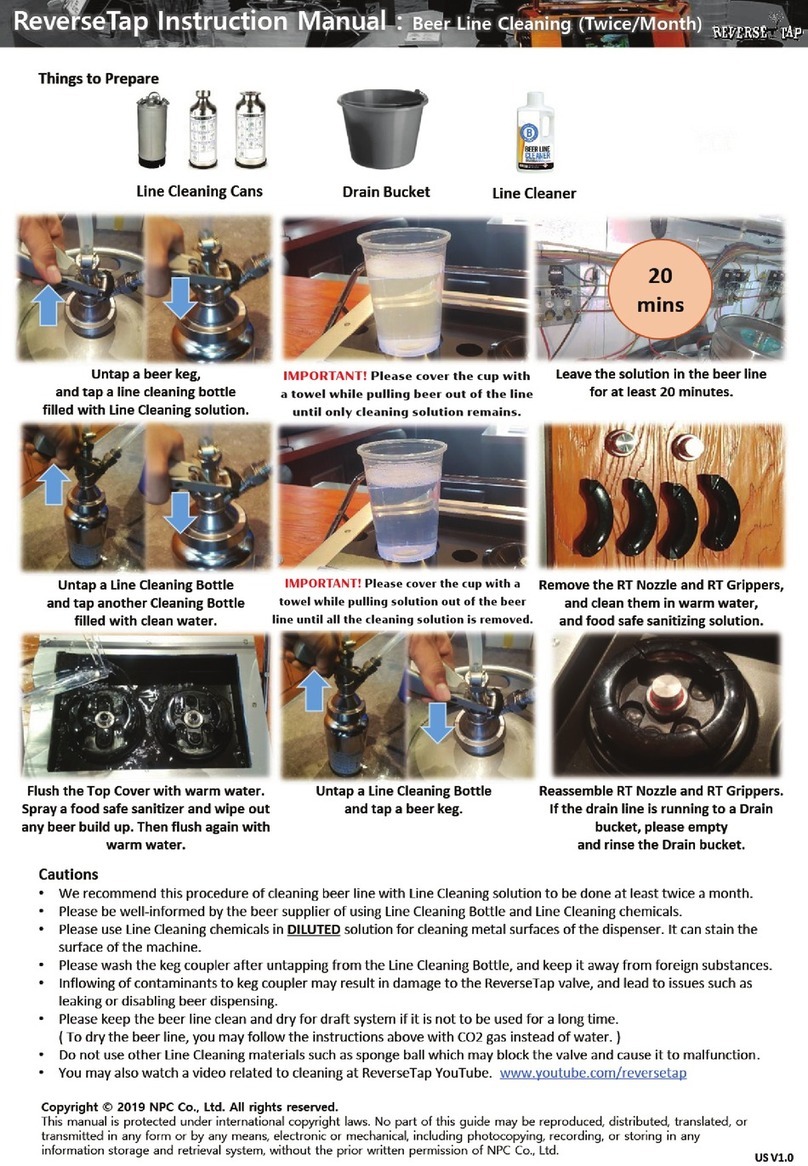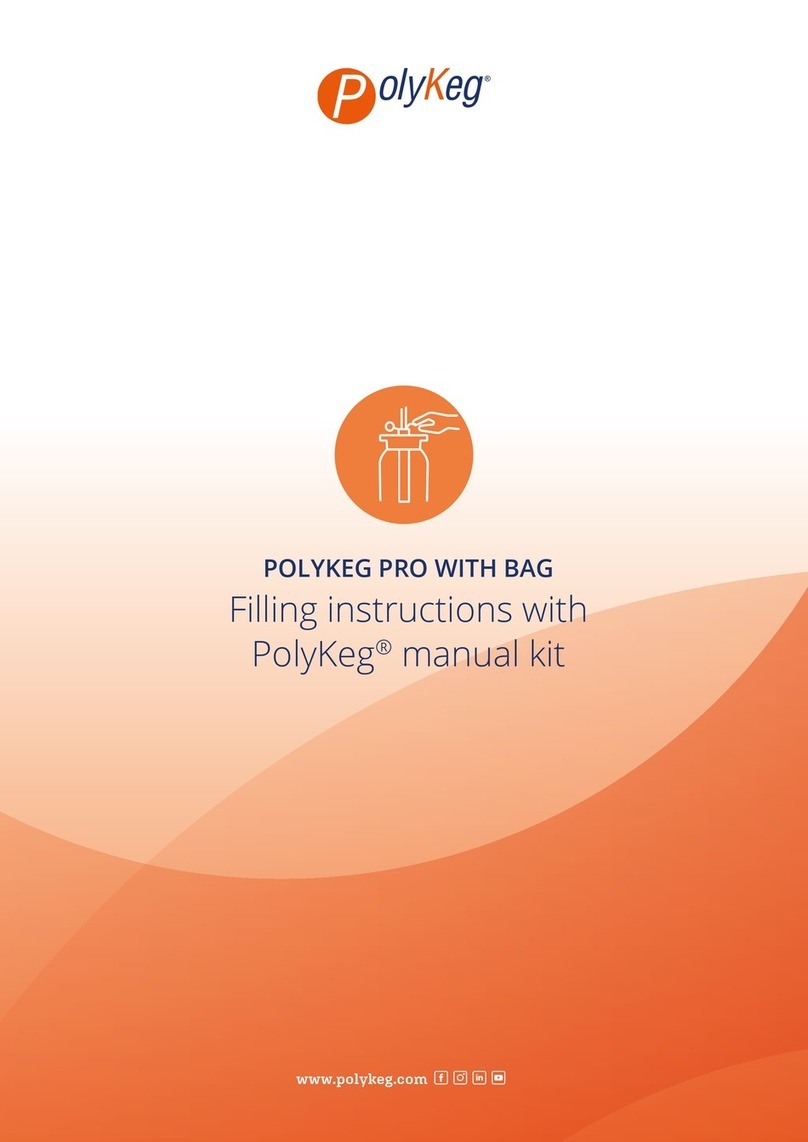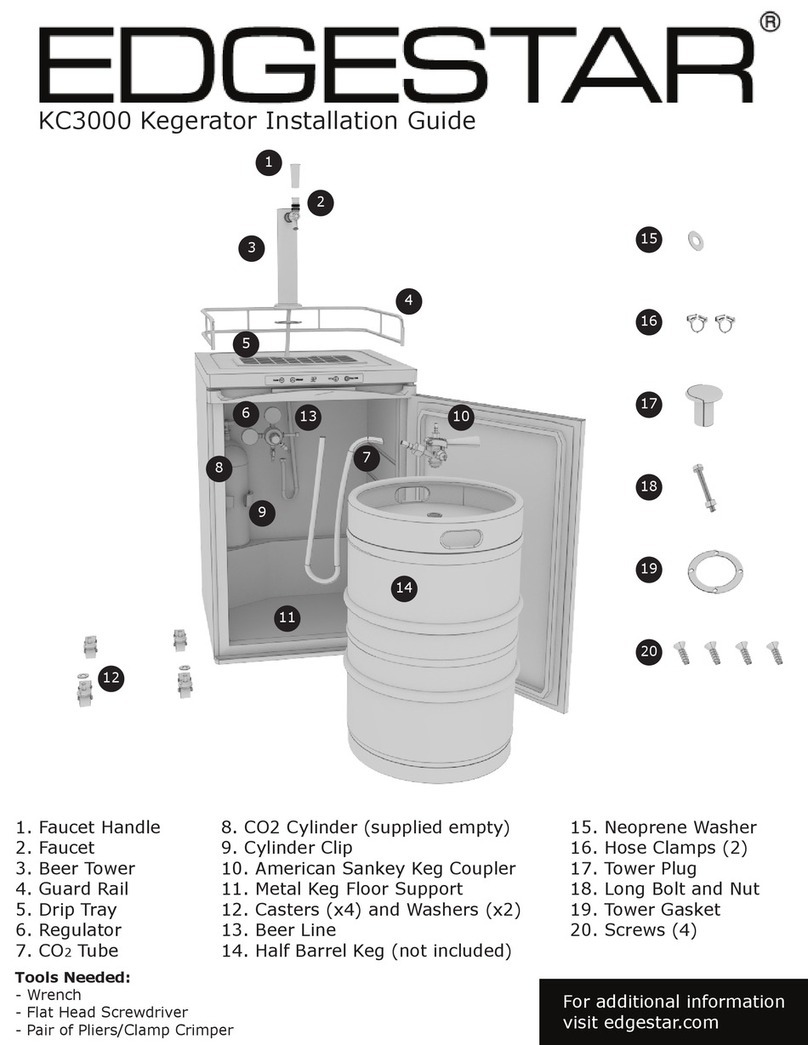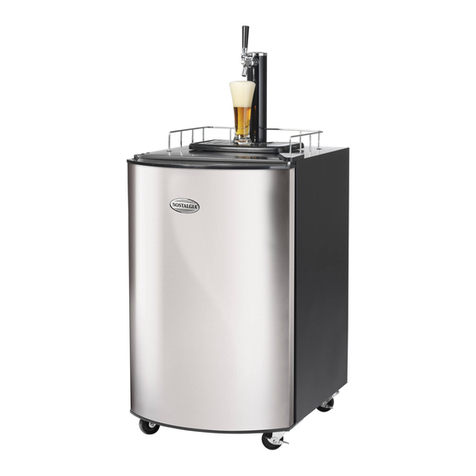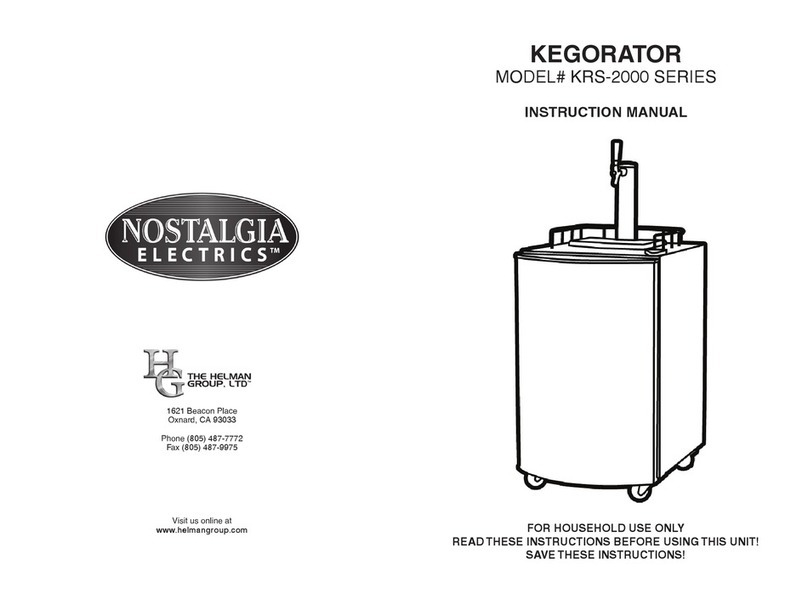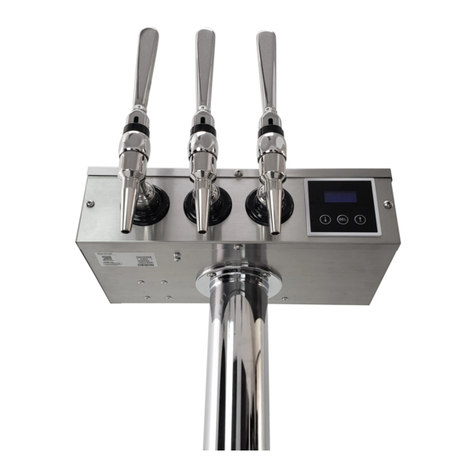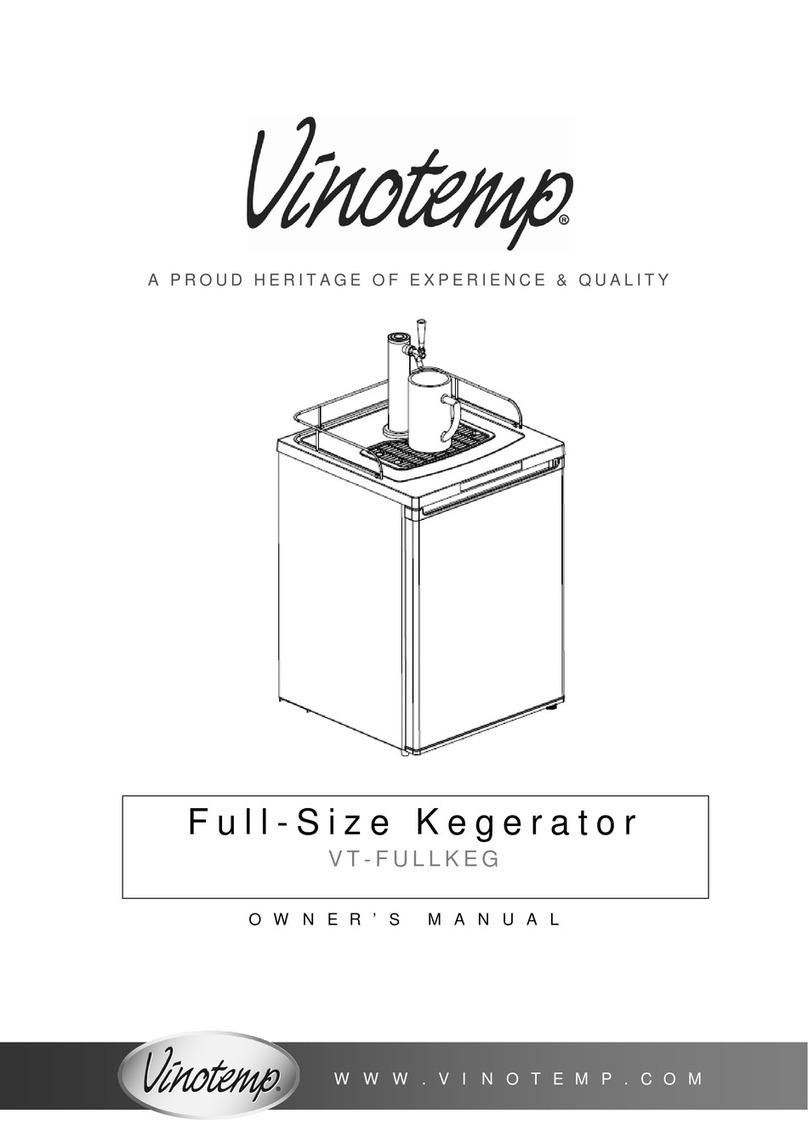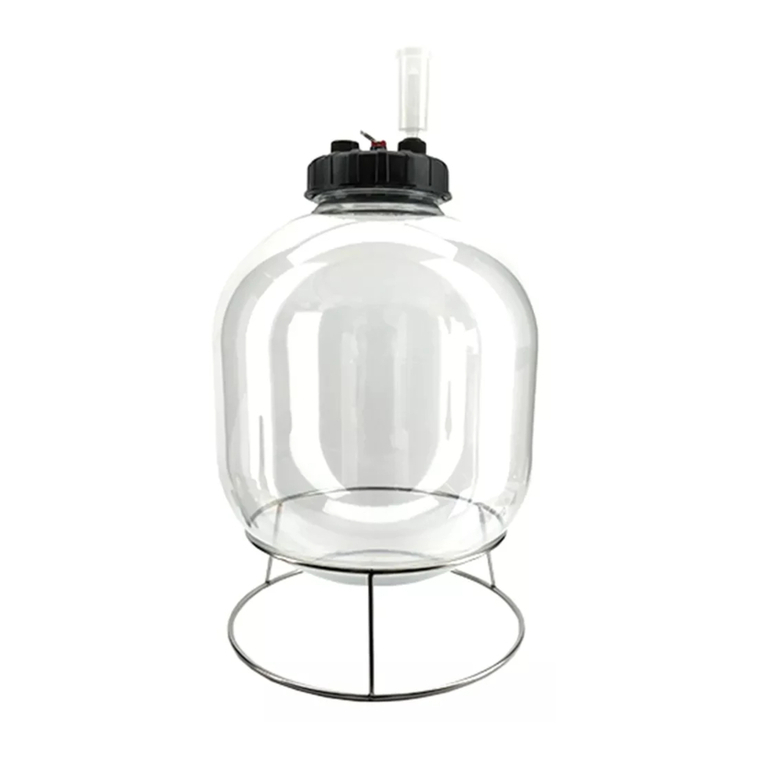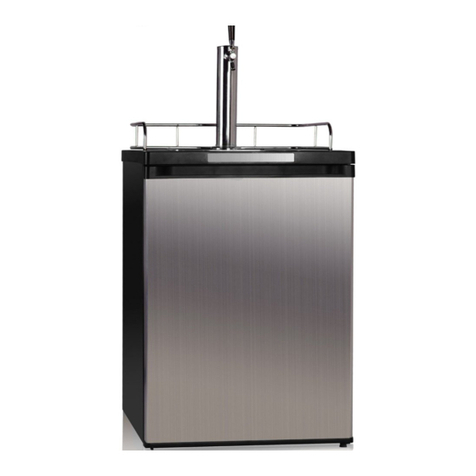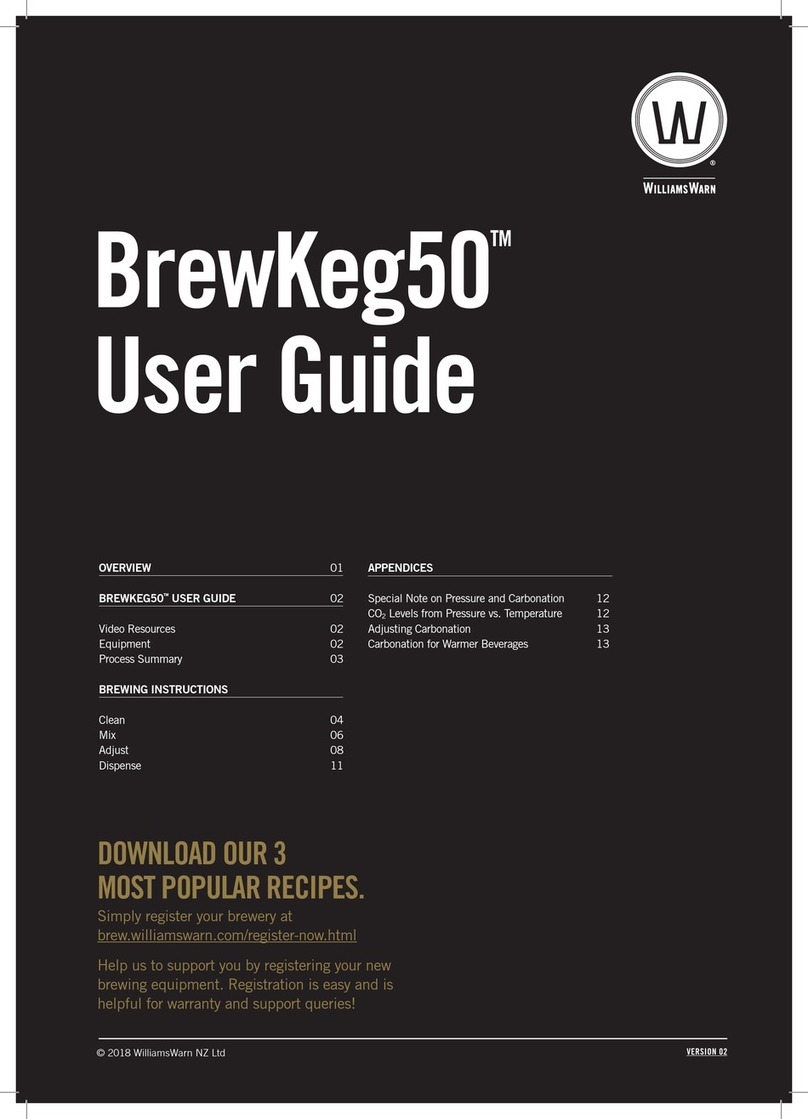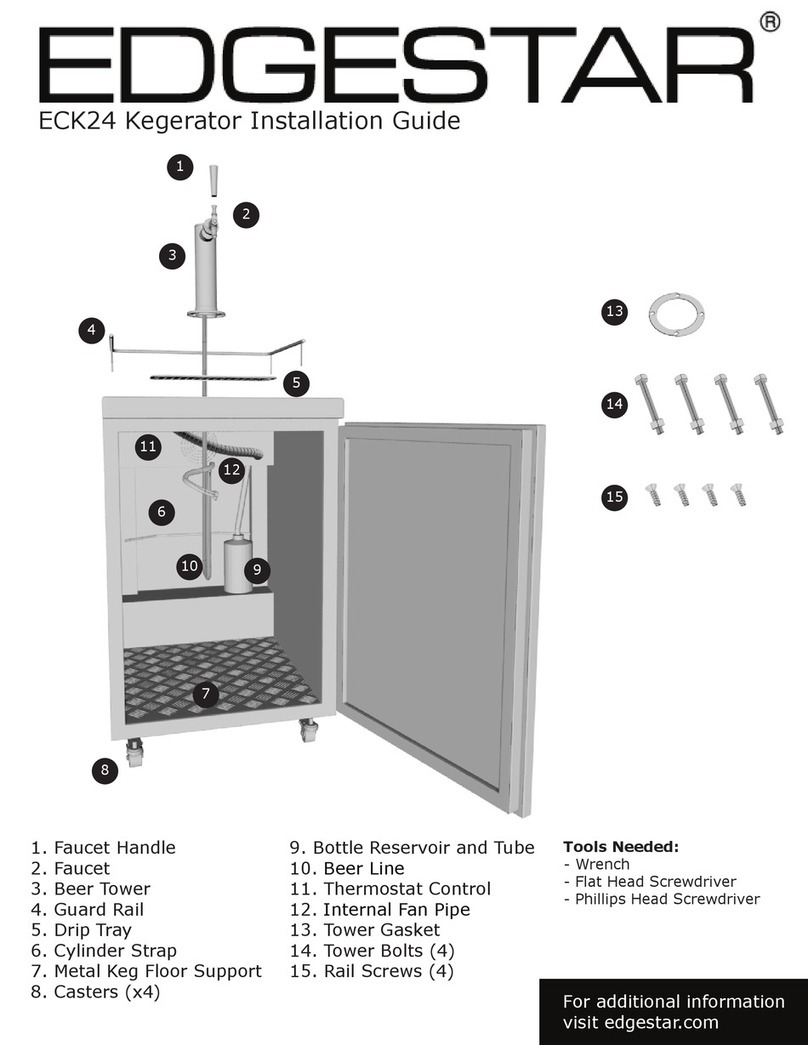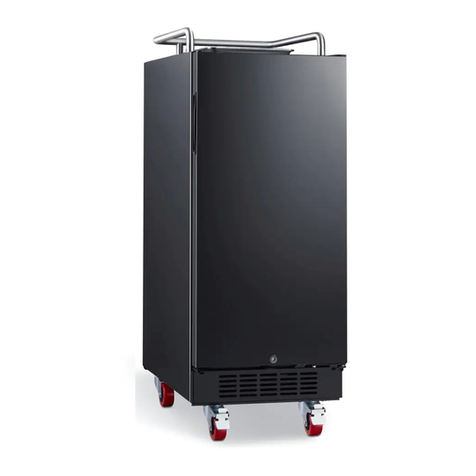
Keg Types ............................................................................................................................................5
Commercial style kegs .....................................................................................................................5
Keg coupler assembly ..................................................................................................................5
How to use keg couplers. .............................................................................................................6
Alternative ways to connect EVABarrier tube to a keg coupler ....................................................6
Homebrew style kegs.......................................................................................................................6
Attaching EVABarrier tube to a barbed disconnect ......................................................................7
Attaching EVABarrier tube to an MFL disconnect.........................................................................8
Removing EVABarrier tube from a duotight fitting.......................................................................8
Beer line diameter and length correlation ...........................................................................................8
Balancing your keg system with CO2................................................................................................9
Items included ................................................................................................................................... 10
Single Tap Font Kit ......................................................................................................................... 10
Double Tap Font Kit ....................................................................................................................... 10
Triple tap font kit ...........................................................................................................................11
Quadruple tap font kit ...................................................................................................................11
Installation steps ............................................................................................................................... 12
Step 1. Preparation ........................................................................................................................12
Step 2. Install castor wheels........................................................................................................... 12
Step 3. Install chrome plated guard rail .........................................................................................12
Step 4. Attach the CO2 cylinder bracket (optional) ........................................................................12
Step 5. Fit the CO2cylinder to the cylinder bracket (if applicable)..................................................12
Step 6. Attach the regulator to the CO2cylinder ............................................................................12
Step 7. Attach the 4mm ID EVABarrier gas line to the regulator ....................................................12
Step 8. Feed the EVABarrier gas line into the fridge.......................................................................13
Step 9. Setting up the EVABarrier gas line for a single tap font. ....................................................14
Step 10. Setting up the EVABarrier gas line for a dual, triple or quadruple font............................. 14
Step 11. Assembling single, double and triple tap fonts................................................................. 15
Step 12. Assembling a quadruple font ...........................................................................................15
Step 13. Attach the tap to the duotight compatible short shank ................................................... 15
Step 14. Attach all disconnects to the keg(s)..................................................................................15
Step 15. IMPORTANT Perform a CO2leak/pressure test ................................................................15
Installation diagrams .........................................................................................................................17
Single Tap Series X Installation Diagrams .......................................................................................17
Double Tap Series X Installation Diagram.......................................................................................18
